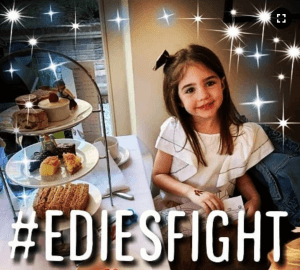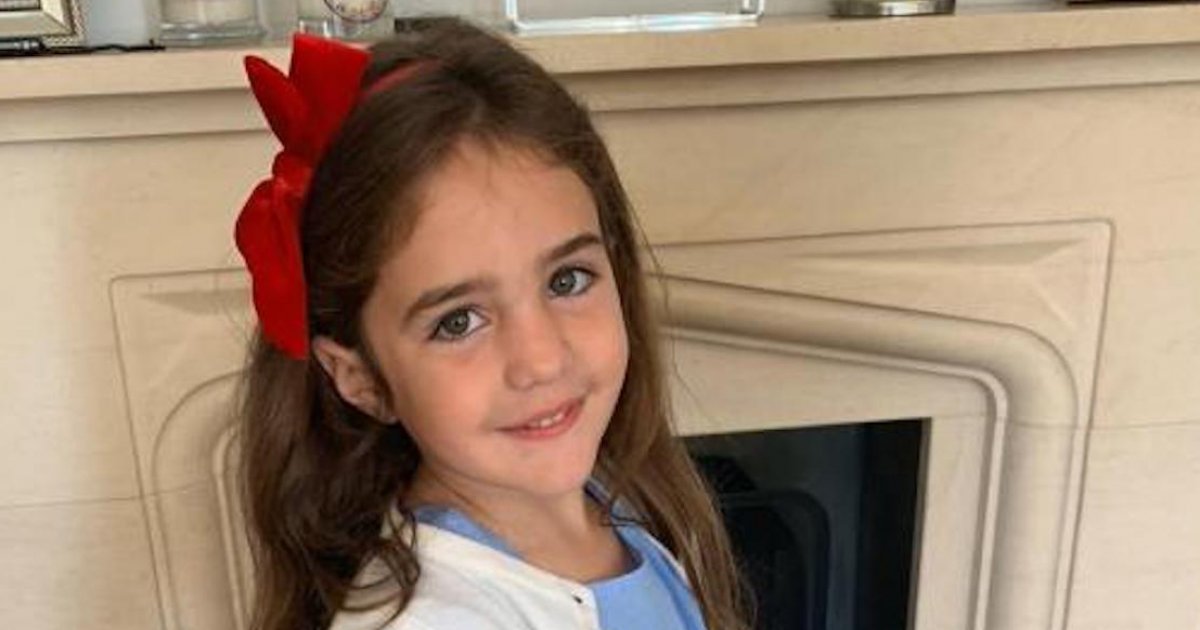Much like the ice-bucket challenge, which swept social media several years ago, a cake-smash challenge to help raise money for a little girl with cancer is going viral. The family of adorable 6-year-old British girl Edie Jackson, diagnosed with a rare, inoperable brain tumor, has turned to the challenge along with a GoFundMe campaign to raise money for their growing health care costs — and their inspiring little girl is loving it.

In an update on the fundraising page, a family friend writes, “Edie also wanted me to say that she has absolutely loved watching all your amazing cake smashes. She loves it when people get completely covered in cream and loved watching all of her teachers get smashed.”
Read More#EDIESFIGHT for DIPG #EDIESCAKESMASH ????
Thanks @the_kendomonkey for the nomination. I nominate
Daniel Norman @fletcherzr01
& @fbunational Gen Sec @MattWrack https://t.co/3eGdlLMipVhttps://t.co/HJCjFgR2CH#EdiesFight #EdiesCakeSmash #DIPG #dipgawareness #DIPGWarrior pic.twitter.com/fB3liPwGKJJon 'Bubs' (@jon_bubs) January 29, 2020
Edie’s Diagnosis
The GoFundMe page — which so far has raised some $264,000 — notes that Edie was diagnosed this past November with diffuse intrinsic pontine glioma.
“As you can imagine, this is truly the kind of news that brings the entire family to its knees and leaves them fearful for the future.​ But, while they will face many physical, emotional and financial challenges, the gloves are off and the entire family are ready for the fight that lies ahead!​” the page notes.
An update near the end of January reports that “with the post radiotherapy MRI due at the end of the month, there are regular conversations with the experts at the specialist DIPG clinic in Zurich about our options for trials, which will be very dependent on the results.”
What Is DIPG?
DIPG is a type of tumor that starts in the brain stem, according to St. Jude Children’s Research Hospital. These tumors, it says, are called gliomas because they grow from glial cells, a type of supportive cell in the brain.
Most of these tumors, the site explains, “are not classified by grade because surgery to obtain tissue by biopsy or to remove the tumor is not safe because of the location of the tumor. When these tumors are biopsied, they are usually grade III or grade IV tumors, which tend to behave very aggressively. Most of the tumors are diagnosed by their appearance on MRI.”
About 10% to 20% of all childhood brain tumors are DIPG or brainstem gliomas and they’re more common in children between the ages of 5 and 10 years.
Unfortunately, St. Jude notes, the survival rate for DIPG remains very low.
The Cake-Smash Challenge and Cancer
While the challenge has been used in a variety of ways, the National Institutes of Health’s Children’s Inn — a residential facility that allows families with seriously ill children participating in research at the NIH to stay free of charge — has been holding a #CakeItLikeAKid challenge led by Kevin Bacon’s SixDegrees.org in partnership Make-A-Wish Mid-Atlantic to raise funds in support of those affected by pediatric cancer.
Learn more about SurvivorNet's rigorous medical review process.


